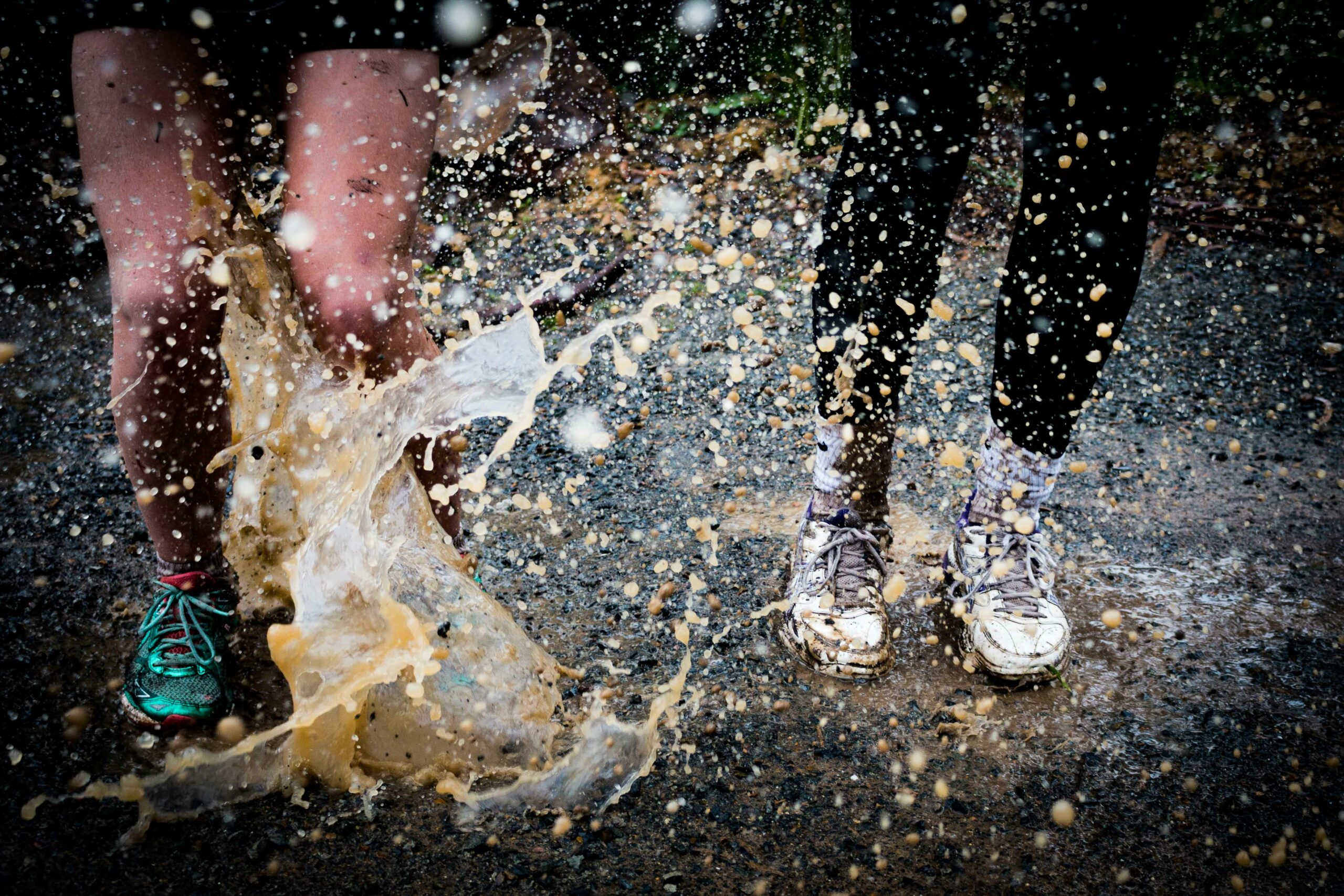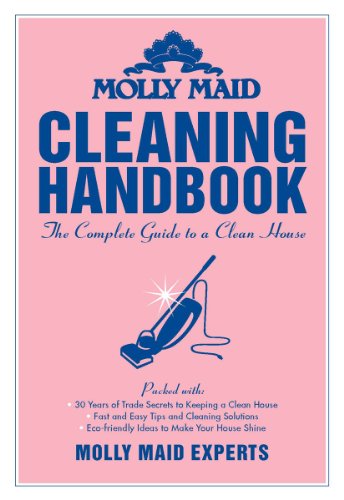
We’ve all been there: a slight moment of carelessness and your favourite shirt, skirt or brand new dress is stained. Before you panic, let’s dive into the world of stain removal and determine whether hot or cold water is the secret weapon for your specific mishap.
The Golden Rule: Act Fast!
The most crucial step in stain removal is to act swiftly. As soon as that stain hits the fabric, the countdown is on. So, get the garment into water as quickly as possible. This prevents the stain from setting, making it much easier to remove. If you’re unsure what temperature the water should be, start with room temperature. You can always move the garment to either cold or hot water once you figure out which temperature is right for your stain.
Hot or Cold? It Depends!
Choosing between hot and cold water can be misleading. Many people have been taught that the colour of the garment dictates water temperature. Whites are washed in warm-to-hot water to blast out stains, and brightly coloured items are washed in cold water to keep colours from running, right? But contrary to popular belief, the colour of the garment isn’t the deciding factor when it comes to stain removal. It’s the nature of the stain that determines whether you should use hot or cold water.
Cold Water for Common Stains:
- Blood
- Cheese
- Coffee and tea
- Jelly and jam
- Milk and dairy products
- Paint (water-based)
- Soft drinks
- Soy sauce
- Urine
- Wine, beer, and cocktails
Warm-to-Hot Water for Stubborn Stains:
- Dirt/mud
- Dye and marker
- Egg
- Grass
- Grease
- Oil
- Tomato-based products
- Lotion
- Mustard
- Sweat
- Shoe polish
- Vomit
Remember, while water temperature is important, it’s not the only factor. Always blot the stain gently to avoid spreading it further. And, for stubborn stains, you might need to pre-treat with a stain remover before washing.
Bookmark this blog as a quick and easy cheat sheet handy for easy reference during those unexpected spills.

